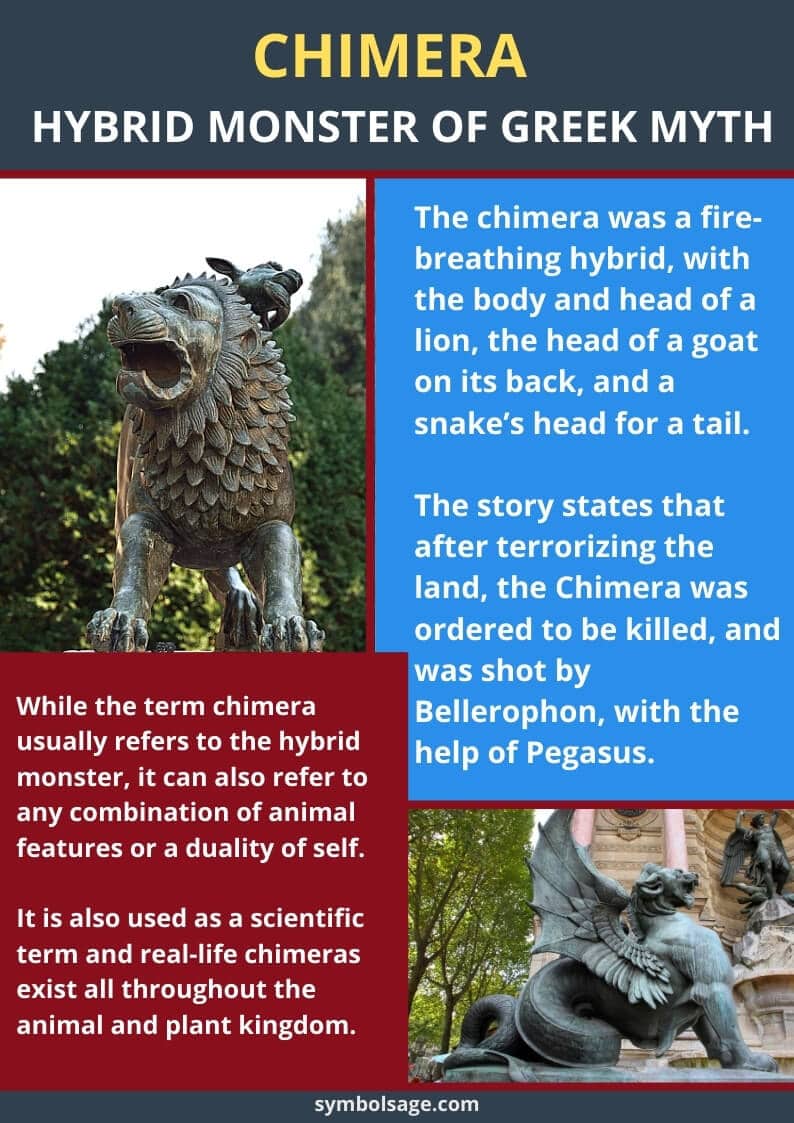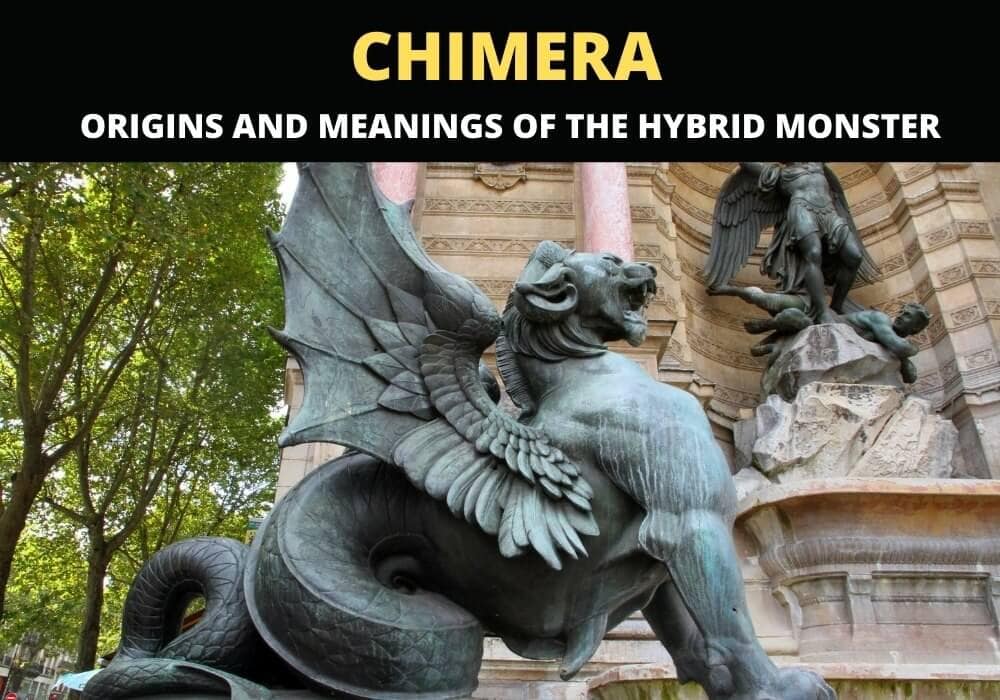
Table of Contents
The chimera appears in Greek mythology as a fire-breathing hybrid, with the body and head of a lion, the head of a goat on its back, and a snake’s head for a tail, although this combination could vary depending on the version. Despite having a lion’s mane, the chimera is generally considered to be female. Today, the concept of the “chimera” has far outgrown its simple origins as a monster of Greek mythos.
Chimera – The Origins of the Myth
While the legend of the Chimera is believed to have originated in Ancient Greece, it first appears in Homer’s the Illiad. Homer describes it as:
…A thing of immortal make, not human, lion-fronted and snake behind, and a goat in the middle, and snorting out the breath of the terrible flame of bright fire…
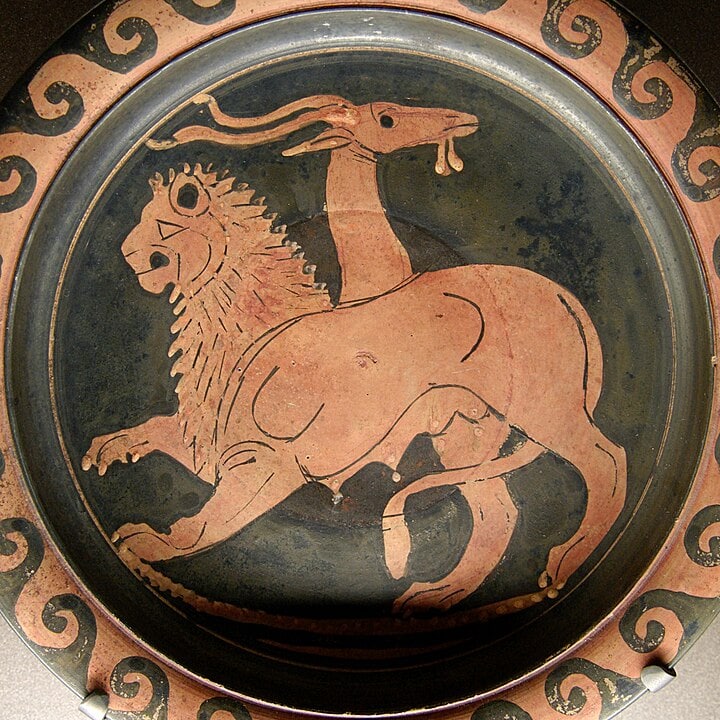
You can find some of the first artistic renderings of the chimera on ancient Greek pottery paintings. It is common to see the image of a chimera engaged in battle with a man riding a winged horse; a reference to the battle between the Greek hero Bellerophon (aided by Pegasus) and the Chimera.
The story states that after terrorizing the land, the Chimera was ordered to be killed. With the help of Pegasus, Bellerophon attacked the Chimera from the air to avoid being scorched by her fire or bitten by her heads. Bellerophon was said to have shot the Chimera with an arrow from his bow and killed her.
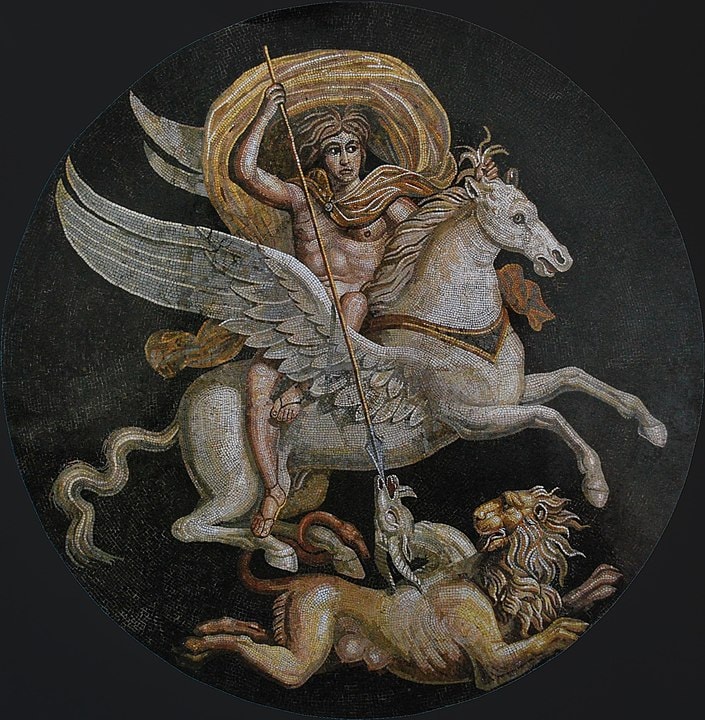
How is the Chimera Depicted in Other Cultures?
While the chimera usually refers to the monster from ancient Greek mythology, it can also appear in different cultures surrounded by a different context such as Chinese mythology, Medieval European art, and art from the Indus civilization in India.
1- Chimera in Chinese Mythology
A chimera-like creature associated with Chinese Mythology, is the qilin. A hooved, antlered creature often shaped like an ox, deer, or horse, its body can be fully or only partly covered by scales. Qilin can be sometimes depicted as being partially engulfed in flames or decorated with fish-like fins. Chinese culture sees qilin as a positive symbol representing luck, success, and prosperity.
2- Chimera in Medieval European Art
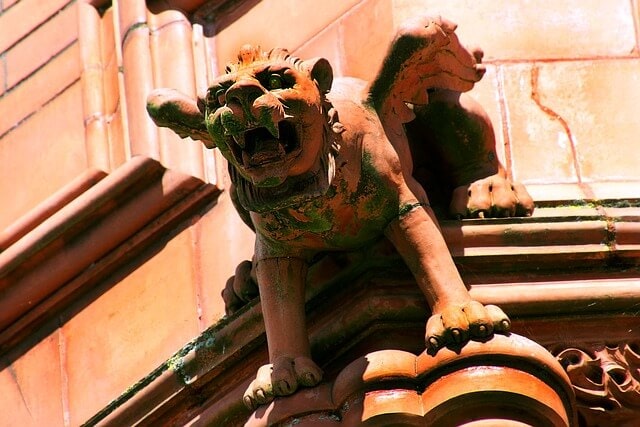
Chimeras can be found all throughout medieval European art, especially in sculptures. Often, these sculptures were used to communicate to the everyday people the different animals and characters from the Bible. Sometimes, however, they were used simply to represent evil. They are a frequent presence extruding from Gothic European cathedrals.
Although they’re often described as gargoyles, this isn’t technically correct as gargoyle refers to a specific architectural feature that acts as a rainspout. Because of this, the correct name for chimeras is grotesques.
3- Chimera in the Indus Civilization
The Indus Civilization refers to an area located in Pakistan and north-western India. A chimera-like creature has been found illustrated on terracotta and copper tablets and clay sealings by the people of the early urban societies of the Indus basin.
Known as the Harappan chimera, this chimera includes some of the same body parts as the Greek Chimera (a snake tail and a large feline body) in addition to parts of a unicorn, neck and the cloven hooves of a markhor goat, an elephant’s trunk, horns of a zebu, and a human face.
There are very few surviving artifacts from this civilization and as a result it is very difficult to ascertain the meaning of the Chimera to the peoples of the Indus Civilization, only that the use of the chimera was an important symbol used as a common artistic motif throughout the civilization’s duration.
Chimera in Modern Times
The chimera still holds a lot of significance in modern day culture and art. It is seen often in literature and cinematography throughout the world.
The term chimera in the present day can be used to describe any creature composed of many different animals, rather than just the Greek mythological creature. References to the chimera are used in various television shows, books, and movies. For example, the idea of the chimera makes appearances in media like: Harry Potter, Percy Jackson, and The XFiles.
In addition to being used to refer to an animal or a creature, it can also be used to help describe a person’s duality of self, or conflicting personality traits.
Chimera in Science
In science, if something is a chimera, it is a single organism that is made up of cells with more than one distinct genotype. Chimeras can be found in plants and animals, including humans. Chimerism in humans, however, is incredibly rare, possibly due to the fact that many people with chimerism may not even know they have it as there can be little to no physical symptoms of the condition.
Summing up the Chimera
While the term chimera usually refers to the original mythological creature from ancient Greek mythology, it can also refer to any combination of animal features or a duality of self. It is also used as a scientific term and real-life chimeras exist all throughout the animal and plant kingdom.
The symbol of the chimera has permeated cultures all throughout the world, from the Indus Valley Civilization, to China, and even as an architectural feature common to Gothic style European churches and buildings. Because of this, the legend of the chimera continues to have vibrance and value in our stories and legends.
